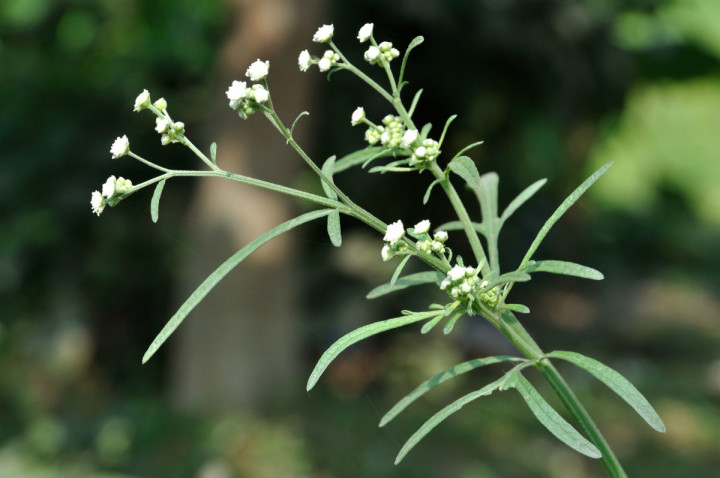 If there is a company that was trying to be green even before that was hip it’s Patagonia. They started making wetsuits in 2006 with the goal to build the best possible suits in the least damaging way. The most environmentally harmful aspect of a wetsuit is neoprene, a synthetic, petroleum-derived material with a highly toxic manufacturing process.
If there is a company that was trying to be green even before that was hip it’s Patagonia. They started making wetsuits in 2006 with the goal to build the best possible suits in the least damaging way. The most environmentally harmful aspect of a wetsuit is neoprene, a synthetic, petroleum-derived material with a highly toxic manufacturing process.
Patagonia’s search for alternatives led to a partnership with Yulex, a company making plant-based biorubbers derived from the guayule plant. Patagonia started to include plant based biorubber in their wetsuits in 2013 and was pushing to use more and more of this material in their line every year. Since 2016 all Patagonia wetsuits include Yulex neoprene, reducing dependence on conventional neoprene.
Even more importantly: as Patagonia pushes towards making a suit from 100% guayule, eliminating the need for neoprene completely, the company has made this proprietary, game-changing biorubber available to the rest of the surf industry. Reason being: when volume goes up, price goes down, and more surfers can choose to purchase less harmful suits. It’s good, smart business.
In Patagonia surf ambassador Dan Malloy’s words, “We can now grow our wetsuits, instead of drilling for them.”
What is equally important is that while switching to bio rubber Patagonia didn’t cut any corners or make any sacrifices when it comes to quality while simultaneously reducing CO2 emissions by up to 80% over using traditional neoprene in a wetsuit. Here is an interesting interview with Patagonia wetsuits very own Wetsuit Product Line Manager, Hub Hubbard. He, among other interesting things, says that: “If I didn’t tell you these suits weren’t neoprene, you would have no idea.”
Way to go Patagonia!


